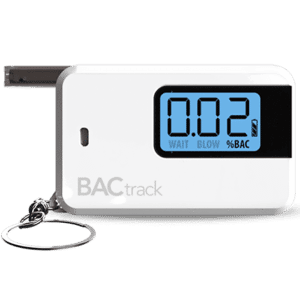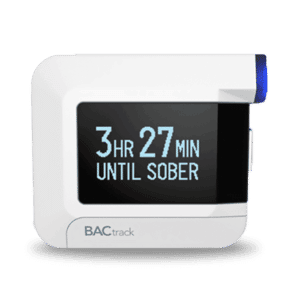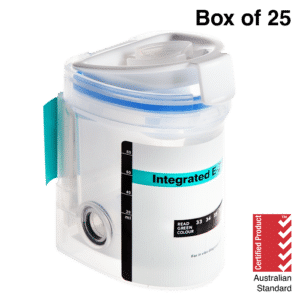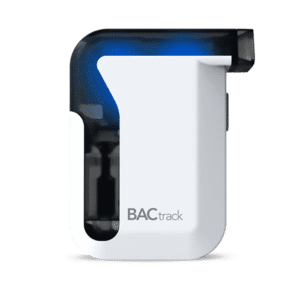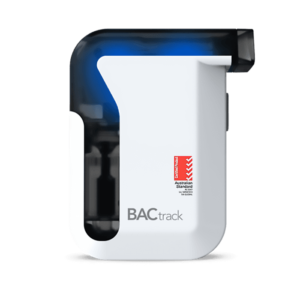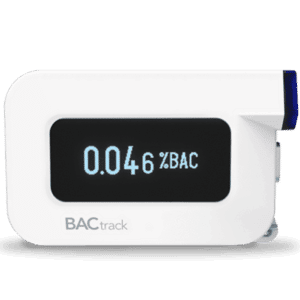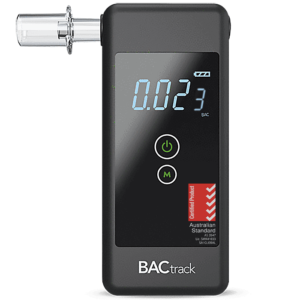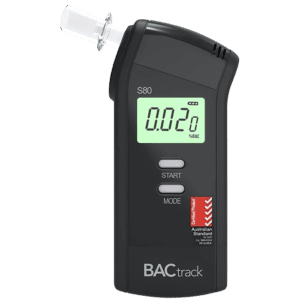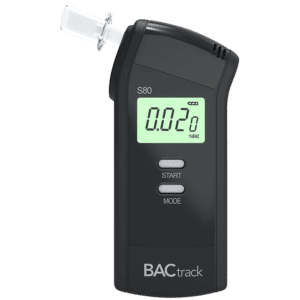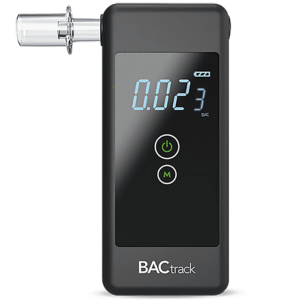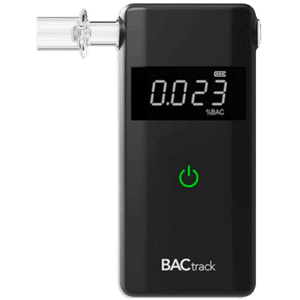Alcohol Abuse Screening: Definition & the Screening Tools
04 April, 2024

Alcohol is a legal substance. However, authorities may consider it an illicit drug due to excessive drinking. Harmful alcohol consumption can result in various consequences. Thus, alcohol abuse screening is available in primary care settings. It is a process that identifies individuals who may have alcohol misuse issues. Then, professionals can provide them with the necessary support. They utilise various methods of screening. These include the Alcohol Use Disorders Identification Test (AUDIT) and the Short Michigan Alcoholism Screening Test (SMAST).
The effects of alcohol can lead to drink driving. Thus, even if people are under the legal drinking age, they should still be cautious. Also, the harmful drinking of alcoholic beverages can terminate employees if their workplace policy includes zero alcohol tolerance. Fortunately, alcohol use screening tests can help determine those who may be at risk for these negative consequences before they happen. The article will present the alcohol screen, including the types of tools and how to conduct one.
What is Alcohol Abuse Screening?
Alcohol abuse screening is a process that identifies a person who may have problems related to their alcohol consumption. It involves assessing their drinking habits and behaviours. Consequently, primary care workers can determine if they are at risk for alcohol dependence or abuse. Health professionals or trained counsellors use standardised instruments for the assessment of alcohol use.
The purpose of alcohol screening is to detect early signs of problematic drinking. Additionally, it aims to provide appropriate interventions and treatments if necessary. These can prevent the progression of alcohol issues. Moreover, primary care patients can avoid the associated harmful consequences, such as physical and mental disorders like liver disease and depression.
An alcohol use screening test can offer an opportunity for health workers to educate individuals about the risks and effects of excessive alcohol consumption and provide appropriate actions. Some examples are counselling, support groups, or medical treatments. The screen is an essential component of comprehensive healthcare services that aim to promote well-being and overall health.
Importance of Screening
- Alcohol screening allows for the early identification of people who are at risk or already experiencing alcohol-related problems, like excessive drinking.
- Determining alcohol abuse at an early stage can help providers intervene to prevent or minimise the potential health complications associated with alcoholism. These include liver disease and cardiovascular problems.
- Early screening enables prompt treatment, increasing the likelihood of successful outcomes for those struggling with alcohol abuse.
- Unhealthy alcohol use has a significant impact on society and the economy. Examples are healthcare costs, lost productivity, and legal issues. Screening helps address alcohol abuse problems, reducing the overall burden on society.

Types of Alcohol Abuse Screening Tools
Healthcare professionals can utilise different types of alcohol abuse screening tools. They can detect risk factors and evaluate the severity of alcohol use disorders briefly and efficiently. One widely used screening tool is the AUDIT. It assesses the alcohol consumption, drinking behaviours, and resulting consequences. AUDIT has 10 screening questions.
Another type of tool is the SMAST. It consists of 13 questions that aim to assess alcohol dependency and its impact on the daily lives of individuals. Providers can determine if a person is likely to have a disorder by exploring aspects such as withdrawal symptoms and tolerance levels. The SMAST is particularly useful for identifying adult drinkers requiring further evaluation and more intensive treatment interventions. They may need to undergo urine or blood testing.
Furthermore, professionals use the CAGE questionnaire. It is a shorter and simpler assessment that asks four questions. The test focuses on Cutting down on drinking, Annoyance when others comment on drinking, Guilt related to alcohol consumption, and Eye-opener drinks consumed in the morning. CAGE is effective because it is easy to administer and has been validated for use in diverse populations.
Diagnostic Criteria for AUD
The diagnostic criteria for Alcohol Use Disorder or AUD is a set of guidelines the American Psychiatric Association (APA) established. It diagnoses and classifies problematic alcohol consumption. These criteria are based on a range of symptoms and behaviours associated with alcohol abuse and dependence.
To meet the criteria for AUD, an individual must exhibit at least two out of 11 specified symptoms within 12 months. These include increased tolerance and difficulty controlling alcohol intake. The severity of AUD is determined by the number of symptoms, with a mild diagnosis requiring two to three symptoms, moderate requiring four to five, and severe requiring six or more.

How to Conduct Alcohol Abuse Screening
Alcohol abuse screening aims to assess patterns of alcohol use. There are several steps to conduct it correctly. Firstly, healthcare providers should create a safe and non-judgmental environment where individuals can feel comfortable sharing their alcohol consumption habits. This environment is crucial to forming a trusting relationship between them and the primary care patient.
Secondly, professionals should utilise reliable and standardised alcohol screening tools. Through the questions, they can obtain consistent and objective information. Also, this enables comprehensive assessments and appropriate interventions. The alcohol use screening test may include questions about the frequency and quantity of alcohol intake and unhealthy alcohol behaviours such as binge drinking.
Lastly, healthcare providers should provide appropriate feedback and counselling based on the screening outcomes. If it indicates a problematic level of alcohol consumption, providers should offer necessary interventions. They can refer patients to specialised addiction treatment services or recommend behavioural therapy options. This approach can significantly contribute to preventing the development of disorders and improving overall health and well-being.
What Happens After a Positive Result?
After receiving a positive result or a high score from the screen, the provider often refers them to a specialist for further evaluation and guidance. This may involve scheduling an appointment with a counsellor, therapist, or addiction specialist who can provide a more comprehensive assessment of alcohol use.
In addition, professionals may advise the individual to undergo additional diagnostic tests or assessments in laboratories. Subsequently, this can determine the severity of the alcohol abuse and any associated health complications. They may recommend regular urine tests to monitor alcohol levels, blood tests to check liver function, or psychiatric evaluations to assess mental health concerns.
Conclusion
Individuals under the legal drinking age must be screened for alcohol abuse. It can prevent potential unhealthy alcohol patterns and promote healthy behaviour. Alcohol abuse screening is a crucial tool in identifying and addressing the problem of excessive alcohol consumption. Providers may employ various assessment methods. These involve structured interviews using the AUDIT, SMAST, or CAGE questionnaire. These tools assess drinking habits, frequency, and associated negative consequences. Professionals can utilise motivational interviewing techniques to encourage individuals.
To conduct alcohol screening, health workers must establish a trusting relationship with the patient. This creates a safe and non-judgmental environment for open communication about their alcohol consumption habits. Providers can then ask specific questions about the amounts of alcohol they consume and the consequences of heavy alcohol drinking. Then, they can determine the level of severity of alcohol abuse and provide appropriate interventions or referrals to treatment programs. These include undergoing counselling or addiction recovery programs.















